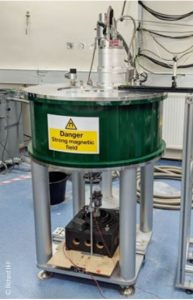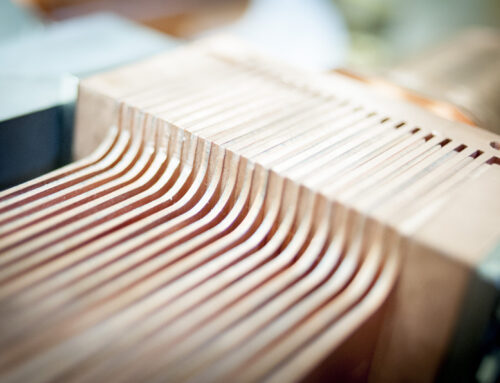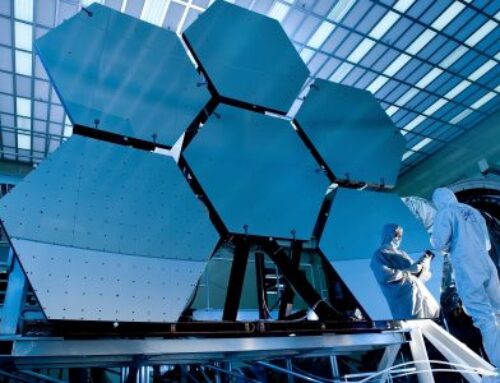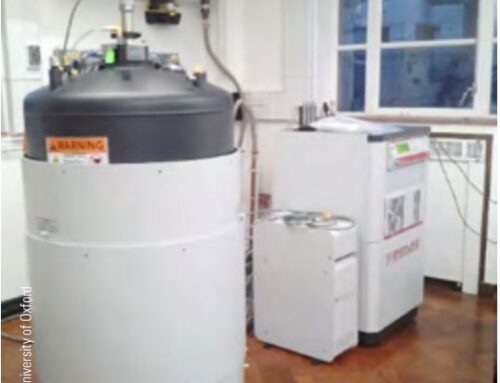
© Richard Hill
The presentation of our seven regional partner facilities continues with the University of Nottingham Magnetic Levitation Laboratory.
The Nottingham magnetic levitation laboratory is a relatively small facility hosted by the School of Physics and Astronomy at the University of Nottingham, UK. The lab houses two superconducting magnets, reaching fields of up to 18.3 Tesla. Both magnets have been custom-built to perform experiments using the technique of diamagnetic levitation to mimic weightlessness and novel ‘differential gravity’ environments. The areas of research normally pursued in this laboratory include studies of fluid and granular physics in pseudo-weightless conditions, and investigations of biological responses to weightlessness.
Both magnets have relatively wide (50 mm and 59 mm diameter), vertical, room-temperature bores. Their design allows convenient access to the high field-gradient region of the magnets, where the diamagnetic forces on organic liquids, water, plastics, and biological material can be harnessed to counteract the force of gravity at the molecular level.
These magnets can be run for extended periods at maximum magnetic field, allowing long-duration (up to several days) ‘microgravity’ experiments to be performed, an expensive and often impossible feat using comparable alternatives: space and parabolic flights and drop towers. The continuous running mode allows experimental methods to be improved and expanded iteratively, and extensive testing, before translating to the shorter duration experiments typically undertaken in the high-field facilities of EMFL.
Researchers interested in undertaking experiments at this laboratory under the Dual Access scheme can obtain further details by contacting Richard Hill.






